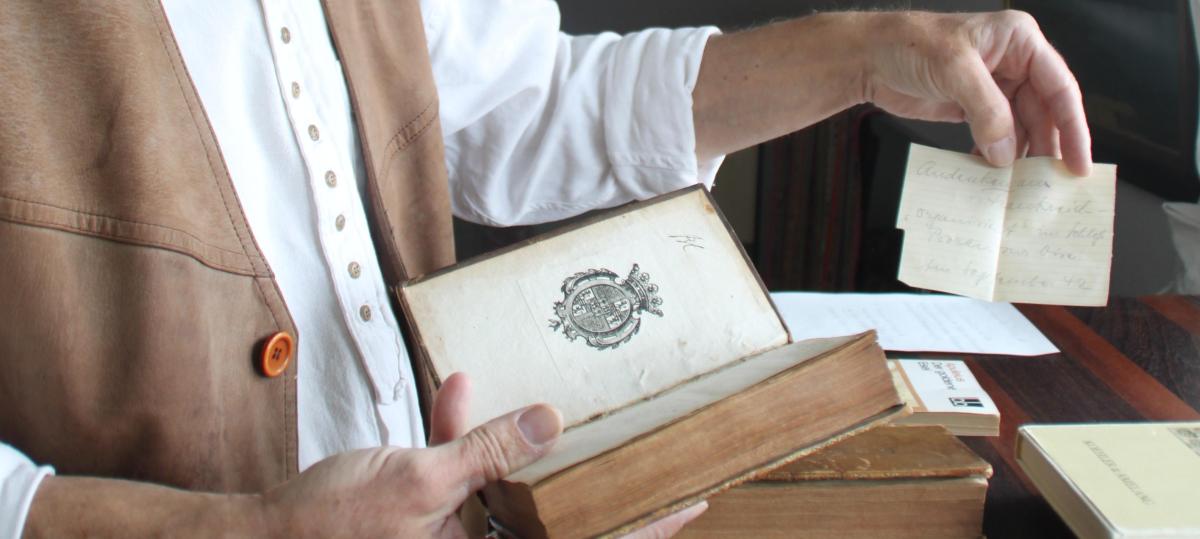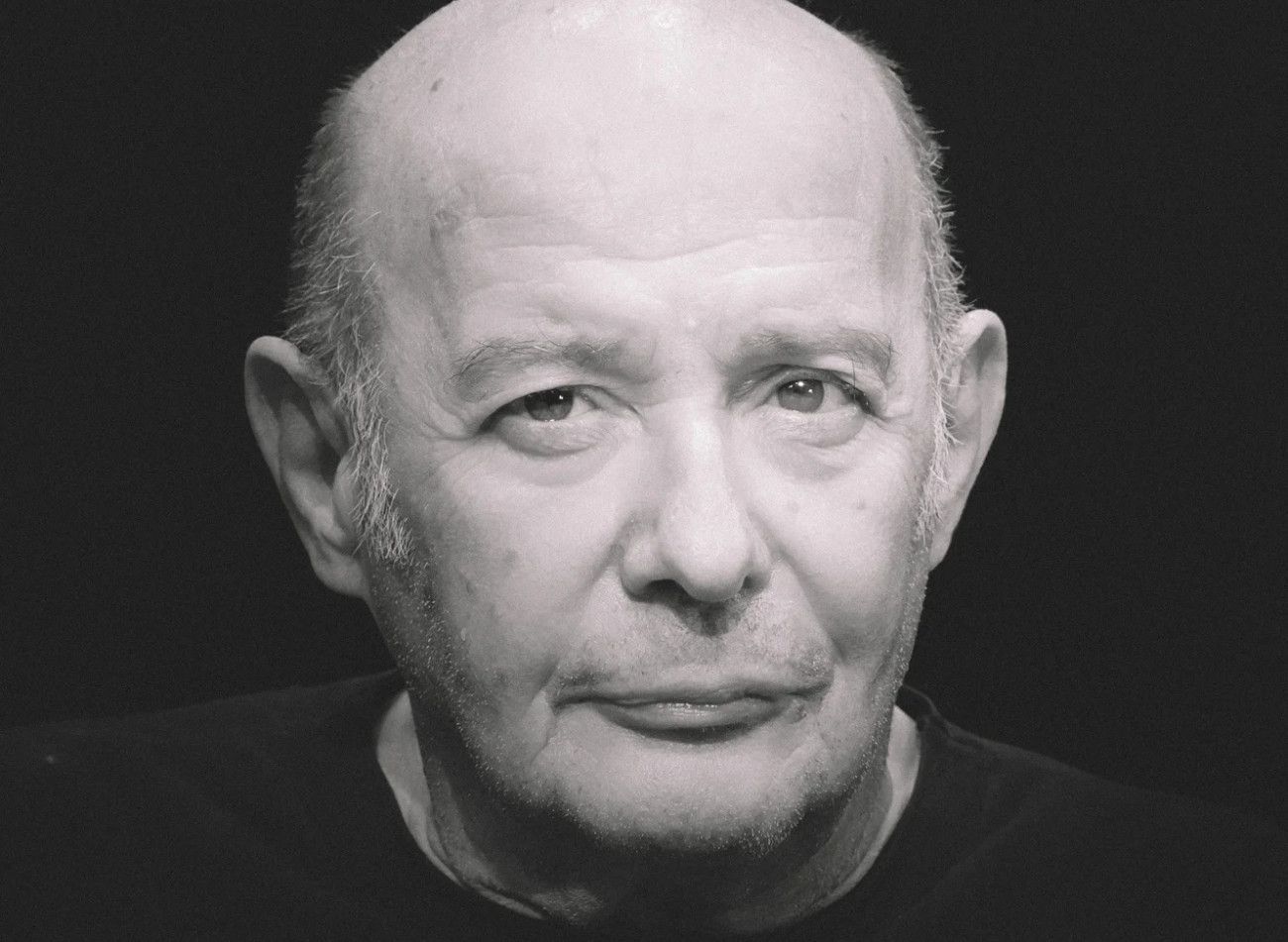The cocaine price halves. Are Colombians now seizing power?

Are we missing something? The criminal investigation department in Rotterdam is wonders now that the wholesale price of Cocaine has been halved in the past six months. From an inventory of NRC and the podcast Tough guys It appears that the price for a kilo of cocaine in the Netherlands has fallen to 14,000 euros, unprecedentedly low.
According to traditional logic, this price decrease indicates an abundance of cocaine. But much less has been intercepted in the port of Rotterdam for a year. Hence the discomfort at the criminal investigation: is there perhaps a new smuggling method that they don’t know?
Experts in Colombia also do not have the answer to that question. « The lowest price in the Netherlands I know is 18,000 euros per block of a kilo, » emails Jeremy McDermott, a Brit who has been following the drug trafficking from Colombia for twenty years Insight crime. « That price decrease was attributed to a very large shipment that had arrived in Rotterdam. As a result, the market was just overrun with cocaine. »
Something like that is not going on now, say sources in the criminal environment and the investigation. Everywhere in Europe there is abundance. « I hear from my colleagues in Spain that the cocaine blocks are piled up there to the ceiling, » says a detective. A source in the environment agrees: « If you take a big one, you can now buy a kilo of coke in Spain for 12,000 euros. It seems that they dump those blocks. »
Despite that unprecedented decrease, the purchase price in Colombia remains about the same: around 8,000 euros per kilo. And so the margins for smugglers are much smaller. « The profit on a kilo of cocaine is now so low that smugglers switch to other trade, » says a source. What’s going on on the most lucrative criminal market in recent decades?
Market forces
Cocaine trade may be illegal, even the criminal environment cannot escape the principles of the free market. Price formation takes place based on supply and demand. In addition, quality plays a role. Polluted cocaine is worth less per kilo than a top quality block that approaches the maximum purity of just under 90 percent.
It seems like they dump those blocks
The costs for production, transport and storage are also discounted in the price. In addition, agreements are made about the distribution of the financial risks in the case of a failed transport. They look a bit like insurance: the more risks you buy, the higher the purchase price.
The only difference with normal trade is that there are no supervisors in the criminal environment where you can complain in the case of theft, incorrect delivery or broken promises. And complaining about dumping or other forms of price manipulation is also not possible at the World Trade Organization.
That is why disagreement leads to extortion, threat, kidnapping or heavier, sometimes fatal violence. On the other hand, no taxes are paid in this world and you do not suffer from American import duties.
Wave of cocaine
The price decrease of 29,000 euros per kilo at the end of September last year to 14,000 euros per kilo now, according to an experienced justice, has nothing to do with the demand for cocaine. « That price is falling due to the large selection. We do our best to tackle drug trafficking, but that has hardly any effect on the price. »
Figures agree with him. In 2016, nearly 5 percent of adult Dutch people reported to have used cocaine. In 2023 that percentage was 6.5 percent. The number of young people who use Cocaine is also increasing, according to figures from the Trimbos Institute.
That steady growth cannot be a reason for a price decrease. The cause must be in the offer: that has risen considerably, according to figures from the United Nations Office on Drugs and Crime (Unodc). In Colombia, production between 2015 and 2023 has fivefold to more than 2,600 tons. The strongest growth has been in recent years. That explains the current large range of cocaine and therefore also the falling price.
Limited number of producers
Coca plants have traditionally been growing in three countries: Bolivia, Colombia and Peru. Although cocaine production also starts in a few other countries from that region, criminal networks from Colombia have a strong hold on the market. They produce roughly 70 percent of the total supply. Hence the nickname drug cartels.
Thanks to that power position, the growing range of cocaine has hardly had any impact on the purchasing price of cocaine in Latin America. It has been fluctuating between 7,000 and 8,000 euros for years. For that money, cocaine is smuggled from the interior to an international port and loaded on a ship for the account and risk of the seller. Once that ship is on the road, the risk of interception or loss is transferred to the buyers.
The falling wholesale price is therefore primarily a problem for European smuggling networks that resell cocaine here to criminals who do retail. That is another criminal market in itself where prices are currently stable: a gram coke costs on average 50 euros in the Netherlands. Where the purchasing costs remain roughly the same, the margin is under heavy pressure due to the falling wholesale price, a simple calculation learns.
Last September, a kilo of Coke yielded a gross profit of roughly 20,000 euros. Now that profit fluctuates around 6,000 euros. And there must still be costs for security, storage, transport in the Netherlands and the bribing of officials or port staff.
Bolle Jos in Sierra Leone
The result of that pressure on the margins is that smaller parties die or do something else. Major players also manage to maintain themselves in this market. According to sources in the environment, one of them is Jos Leijdekkers, better known under his nickname Bolle Jos.
This 33-year-old Brabander has been on the international investigation list since 2022 due to large-scale cocaine smuggling. In Belgium and the Netherlands, he was sentenced in three cases to 47 years in prison for cocaine smuggling and violent crimes.
Bolle Jos has been operating from the West African Land Sierra Leone for several years and belongs to an influential network that has the scale and financial strength to also have a competitive effect at lower prices. In fact, in the criminal environment, the large-scale cocaine smuggling via West Africa is seen as one of the possible explanations for the price decrease.
Colombian Traquetos
But influential players such as Bolle Jos also depend on Colombian cartels, says expert Jeremy McDermott. « It has been the case for years that Colombian and European criminal networks work together in the smuggling of cocaine. In large shipments they distribute the income fiftyfifty. »
Sources in the criminal environment explain how that works. A European network that wants to buy 1,000 kilos of coke, for example, can only be done if they also smuggle an additional 1,000 kilos to Europe for the selling cartel. « That has been the case with parties of 1,000 kilos and more for years, » said a source.
A simple calculation example shows why that is so attractive for a cartel. If they were to sell 2,000 kilos of cocaine at a usual price of 8,000 euros per kilo in Colombia, that yields 16 million. Not bad, but considerably less than in the example where they remain the owner of 1,000 kilos.
At a price of 21,000 euros per kilo, the average of the past six months, the same transaction yields 29 million. Calculate: they sell 1,000 kilos against 8,000 euros per kilo, so 8 million. But for those other 1,000 kilos, they get the price that applies in Europe: 21 million based on the average kilo price.
Where European smuggling networks throw in the towel due to the lower wholesaler prices, the cocaine smuggling for Colombians still remains attractive. A transport of 2,000 kilos that they organize themselves all themselves still yields 28 million euros at a wholesale price of 14,000 in Europe. This makes it clear that the price fall in Colombian cartels is getting much less hard than European smugglers. Is there a conscious strategy here?
How the cocaine price influences Colombian profit
They cannot imagine that within the criminal investigation. Colombian networks are called cartels, but to compare them with the OPEC cartel that the oil market can send, she goes too far at the criminal investigation. But if the low wholesaler price persists, this can result in Colombian cartels gaining influence in Europe.
« The current situation is a bit reminiscent of the nineties, when Colombian cartels also tried to check the entire smuggling route, » says an experienced detective. « Traquetos The Colombian representatives of the cartels in the Netherlands were then mentioned. »
In the Dutch underworld, the perfectly wholesale price is the conversation of the day. If that price stays so low, it has consequences, say sources in the environment. « I know boys who have switched to the trade in Crystal Meth. You can earn more with that. »
Read also
Bolle Jos, the fugitive drug smuggler who acquired tens of millions, is sentenced to 24 years in prison


:format(webp)/s3/static.nrc.nl/images/gn4/stripped/data117550984-ec619e.jpg)
:format(webp)/s3/static.nrc.nl/wp-content/uploads/2025/06/05163439/data133217982-f902a2.jpg)
/s3/static.nrc.nl/wp-content/uploads/2025/06/06205808/web-0606BINspermadonatie.jpg)
/s3/static.nrc.nl/images/gn4/data133317775-d0126f.jpg)



